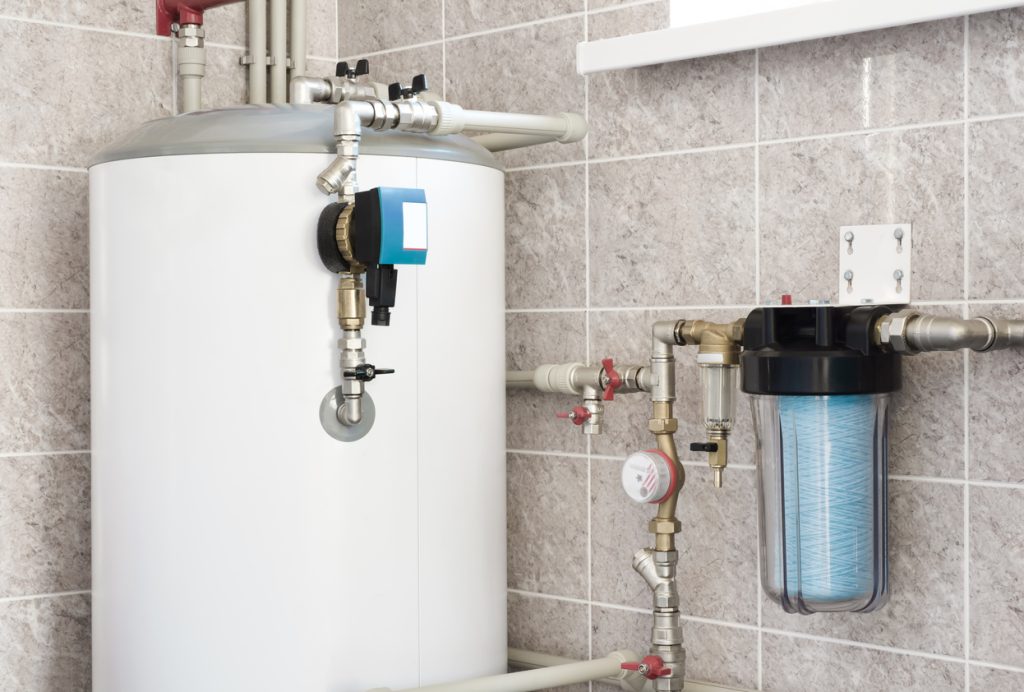When it comes to household systems that you need to prepare for winter, your water heater may be low on the list. After all, you usually don’t even see your water heater every day because it’s in the basement, crawl space, or a utility closet. However, when it stops delivering hot water, you’ll know right away. Here are some things to do for your water heater before the really cold weather sets in.
Flush the Water Heater Tank
Flushing the tank twice a year should be part of routine maintenance because more and more sediment accumulates at the tank’s bottom. This causes the heater to work harder and eventually shortens its working life. Draining the tank is easy. Attach one end of a length of garden hose to the drain valve, and place the other end outside, in a bucket, or over a floor drain. Turn both the water and the power to the water heater off at their source, and then open the valve. When the tank’s empty, turn on the power to let the fresh water agitate the sediment, and then drain it again. Continue until the water that comes out of the tank is clear.
Check the Anode Rod
The anode rod’s job is to attract the limescale and rust that would otherwise contaminate the water heater. To check it, turn off the power to the heater and shut off the supply to the water line. Unscrew the rod with a socket wrench, and pull it out. If it’s less than one-half inch in diameter, buy a new anode rod. These rods are easy to find and inexpensive. When you have a new one, wrap Teflon tape around the thread and install it.
Wrap the Tank in Insulation
Cold weather makes it that much harder for your water heater to do its job. The job is even more strenuous if it’s in a place that isn’t served by your central heating. The easiest way to reduce the stress on your water heater, and lower your energy bills in return, is to wrap it in insulation. Like anode rods, insulating blankets made out of foil are inexpensive and easy to find. They’re also simple to custom-fit to your water heater.
Check the TPR Valve
The temperature/pressure relief (TPR) valve keeps pressure from building up too much in your water heater. Without it, your water heater might leak or even explode. Checking it is easy. Again, you’ll need to shut off the power and your water supply. Put a bucket under the drain attached to the TPR valve, and lift the tab. A good amount of water should come out. If there’s none or very little, it may be time to replace your valve.
Call for More Information About Your Water Heater
These easy-to-do steps can go a long way in helping your water heater survive the winter. In turn, you won’t have to worry about getting a blast of cold water when you shower or wonder how you’re going to get your clothes and dishes completely clean if there’s only cold water to wash them. For more help with water heater services, contact Curry Plumbing in Bryan, Texas.


